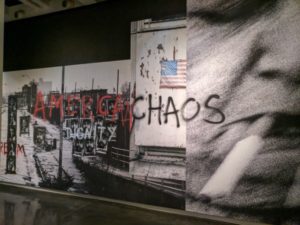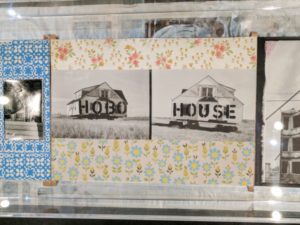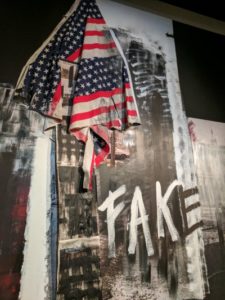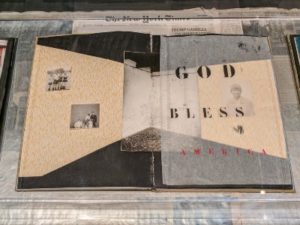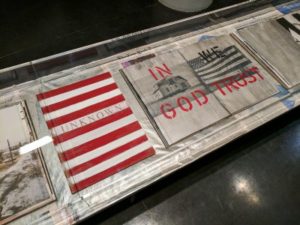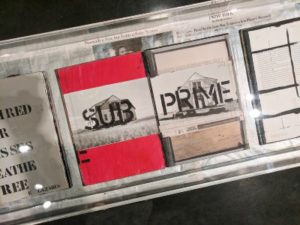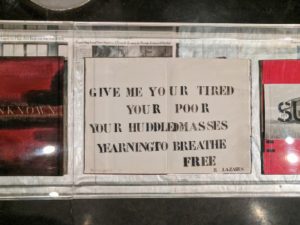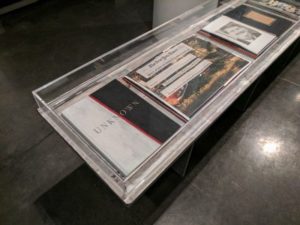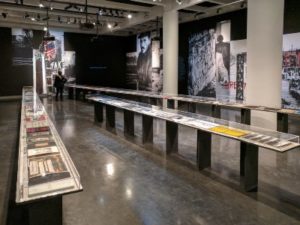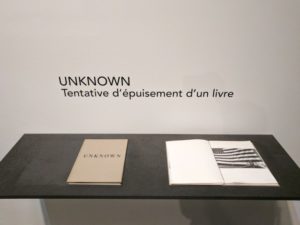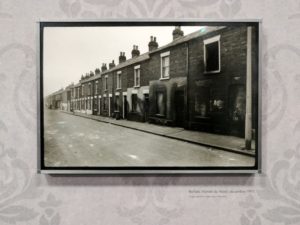A recent exhibition in Le Bal, Paris, featured a retrospective of the work by Stéphane Duroy. Again and Again contained a selection of hung prints on the ground floor and an installation of his reworked book, Unknown, in the lower level.
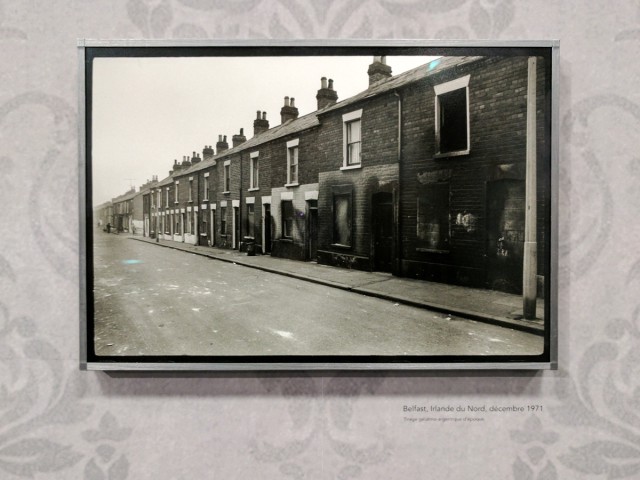
Belfast, Irlande du Nord, decembre 1971
The prints displayed his wanderings through Europe over the post-war decades, including Berlin, Britain, and Belfast. This is a documentation of someone who has been affected by conflict, and in a sense, still carries this with him.
Evidence is revealed downstairs. Duroy’s journeys took him to America, where he found a refuge of sorts. Like millions before him, he understood its emancipatory promise of forgetting the past in order to survive. And the promise of opportunism and the pioneer spirit.
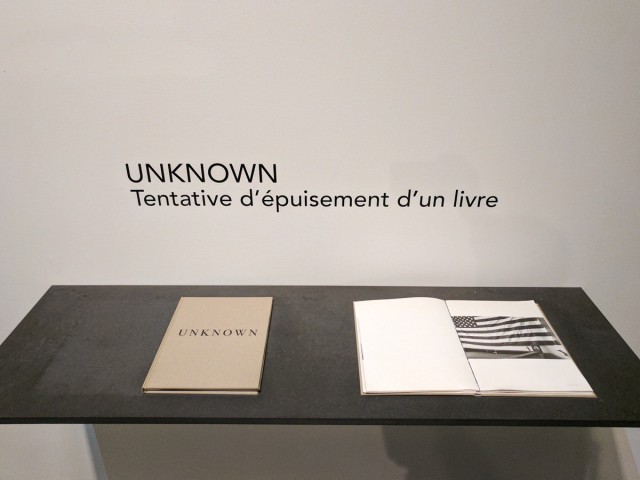
Unknown revisited
But is this a delusion? What are we running from? Where are we going? When do we find contentment? What is destroyed in the process of constant renewal?
Duroy expresses this conundrum through a reworking of Unknown. He got ahold of 100 copies of the first version and literally deconstructed and reconstructed them into alternative versions, with various images overlaid and juxtaposed with others. The result is Unknown #2: The Endless Reworking of a Book.
The exhibition is a wonderfully creative and amazing display of this process.
Again and Again is arguably a postmodern masterpiece. Duroy has applied his personal experience of modernism — the wars, the escapes, the recoveries — to show that the narrative you tell depends on which bits of memory you select.
Duroy’s work made a perhaps unsurprising impression on me, as my own journeys have included Berlin, Britain, and Belfast. These places, with others in the world, grapple with history, culture, and experiences in building cohesive societies.
Stéphane Duroy demonstrates this artistically, and we should too.

